View It
Visit It
Budapest
Hungary
Visit Budapest
Budapest, the enchanting capital city of Hungary, is often referred to as the "Pearl of the Danube" and is renowned for its stunning architecture, vibrant cultural scene, and thermal baths. Straddling the Danube River, the city is divided into two distinct parts: Buda, with its hilly and historic landscape, and Pest, known for its flatter, more cosmopolitan vibe. This duality offers visitors a rich variety of experiences, from exploring ancient castles and palaces to enjoying the lively nightlife and contemporary art scenes.
One of the city's most iconic landmarks is the Buda Castle, a historical palace complex of the Hungarian kings in Budapest. Perched on Castle Hill, it provides a majestic panorama of the entire city. Nearby, the Fisherman's Bastion offers one of the best vantage points for breathtaking views of the Pest side of the city, including the Hungarian Parliament Building, an impressive example of Neo-Gothic architecture. Across the river, the Parliament itself is open to guided tours that reveal its opulent interior, including the Holy Crown of Hungary.
Budapest is also famous for its thermal baths, a legacy of the Ottoman influence in Hungary. The Széchenyi Thermal Bath, one of the largest spa complexes in Europe, is an ideal spot to unwind with its numerous pools, saunas, and massage therapies. For a different taste of local life, head to the Central Market Hall where you can sample traditional Hungarian cuisine like goulash, lángos, and various paprika-infused dishes. As the sun sets, the city's ruin pubs in the Jewish Quarter come alive, offering a unique nightlife experience where historical settings blend with modern-day entertainment. Whether you're soaking in history or the thermal waters, Budapest promises a compelling mix of relaxation and exploration.
Budapest Monthly Weather Conditions
LOW
TEMP
HIGH
TEMP
DAYS OF PRECIP.
January
27°F
37°F
7
February
30°F
43°F
7
March
34°F
50°F
12
April
46°F
61°F
11
May
53°F
68°F
11
June
59°F
77°F
11
July
63°F
81°F
7
August
63°F
81°F
7
September
54°F
72°F
7
October
46°F
59°F
7
November
37°F
48°F
12
December
30°F
37°F
12
Need to Know Before You Go To Budapest
Find your Next Adventure in Budapest
Explore Budapest
- City of Spas
Budapest is often called the "City of Spas" because it has more thermal and medicinal water springs than any other capital city in the world. The city's bath culture dates back to Roman times, and today, there are over 15 public thermal baths in Budapest.
- Buda and Pest
Budapest is actually made up of three cities: Óbuda, Buda, and Pest. Buda and Pest are separated by the Danube River. They were united into a single city in 1873.
- The Hungarian Parliament Building
One of the most iconic buildings in Budapest, the Hungarian Parliament Building, is the third largest parliament building in the world. It has 691 rooms and 20 kilometers (12.5 miles) of stairs.
- The Chain Bridge
The Széchenyi Chain Bridge was the first permanent bridge across the Danube in Hungary and a symbol of advancement and connection between the east and west. It opened in 1849.
- Inventors and Innovations
Budapest is the birthplace of many inventors and their creations, including the Rubik's Cube, invented by Ernő Rubik, and the ballpoint pen, invented by László Bíró.
- The Castle Hill Funicular
The Budavári Sikló is a funicular railway that connects the Adam Clark Square at the foot of the Chain Bridge to Buda Castle above. It first opened in 1870 and is one of the oldest in the world.
- The Dohány Street Synagogue
Located in Budapest, it is the largest synagogue in Europe and the second largest in the world, capable of holding up to 3,000 people.
- A City of Caves
Budapest has a vast network of over 200 caves under the city, formed by the same thermal springs that feed the city’s famous baths. Some of these caves are open for tours.
- The Millennium Underground
Budapest's Metro Line 1 (the Yellow Line) is the second oldest underground metro line in the world, opened in 1896. It was declared a World Heritage Site in 2002.
- Coffee House Culture
Budapest was once home to more than 400 coffee houses, serving as important meeting spots for writers, artists, and intellectuals during the early 20th century. This tradition of coffee houses and cafés continues to be a significant part of Budapest's culture.
Featured Picture Gallery
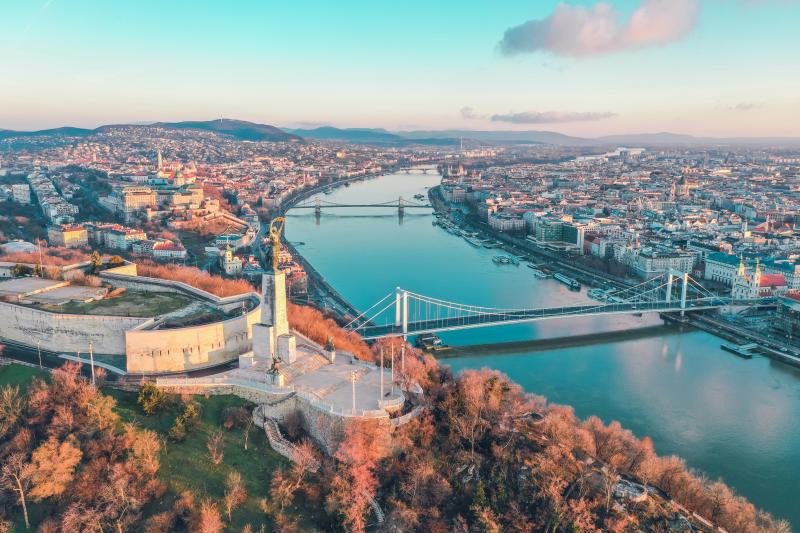
An Aerial Shot of Budapest with the Danube River
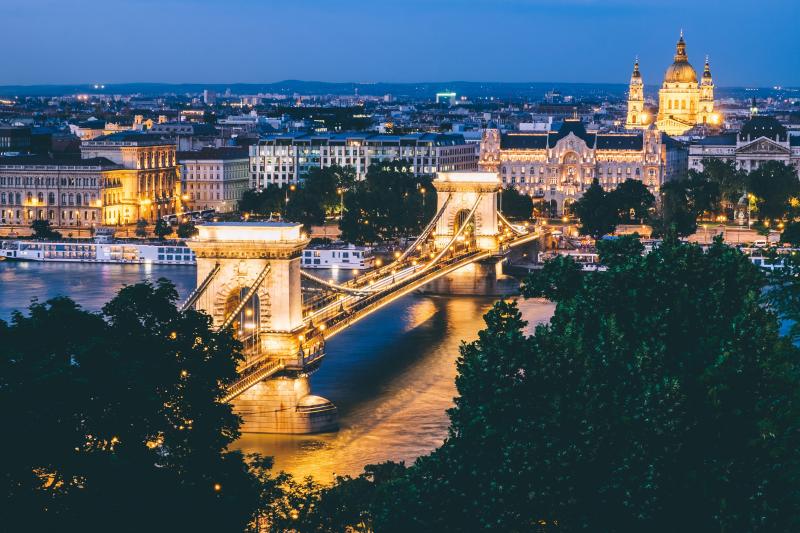
View the Szechenyi Chain Bridge Lights During The Evening
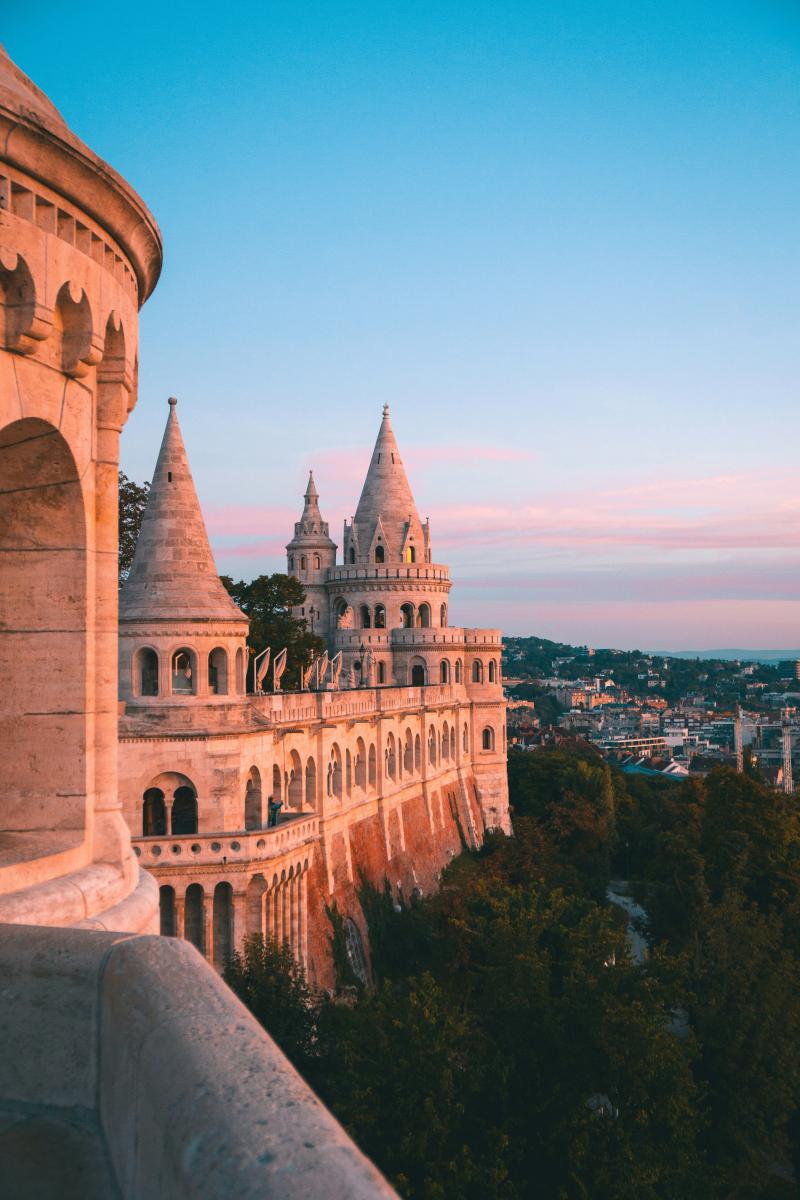
Visit Budapest Castle Hill
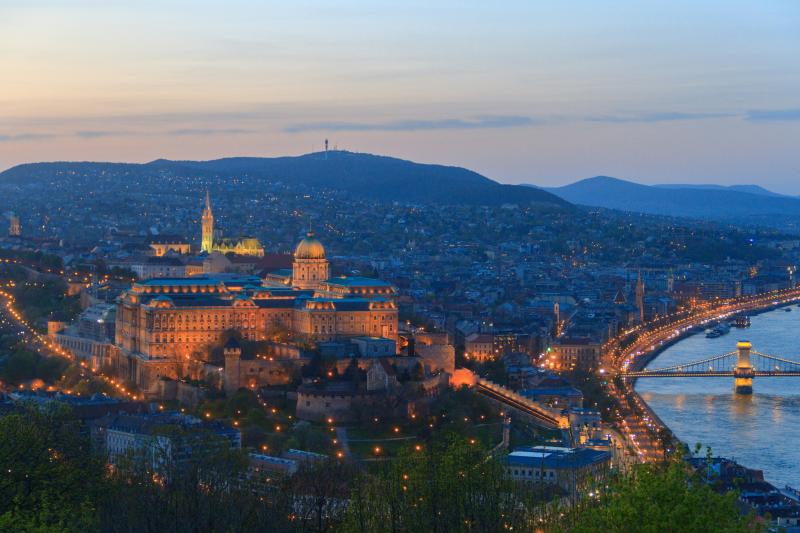
Explore Budapest and the Architecture
Explore Similar Locations
Barcelona
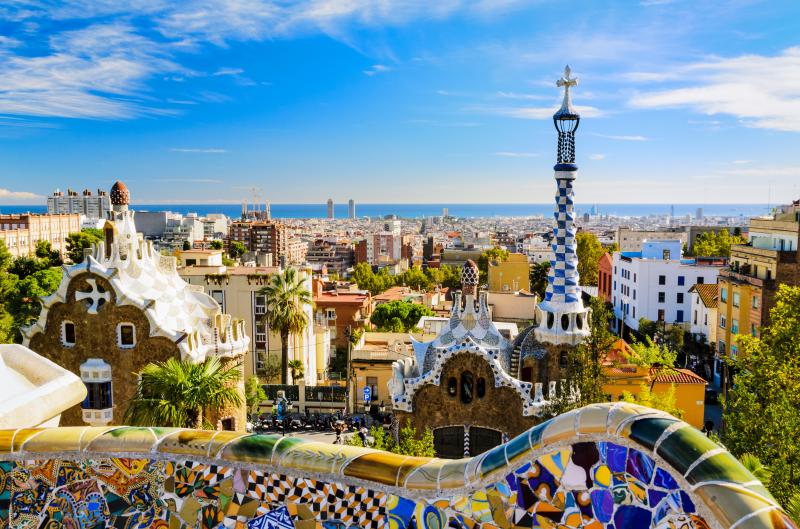
Amsterdam

Florence

Venice

